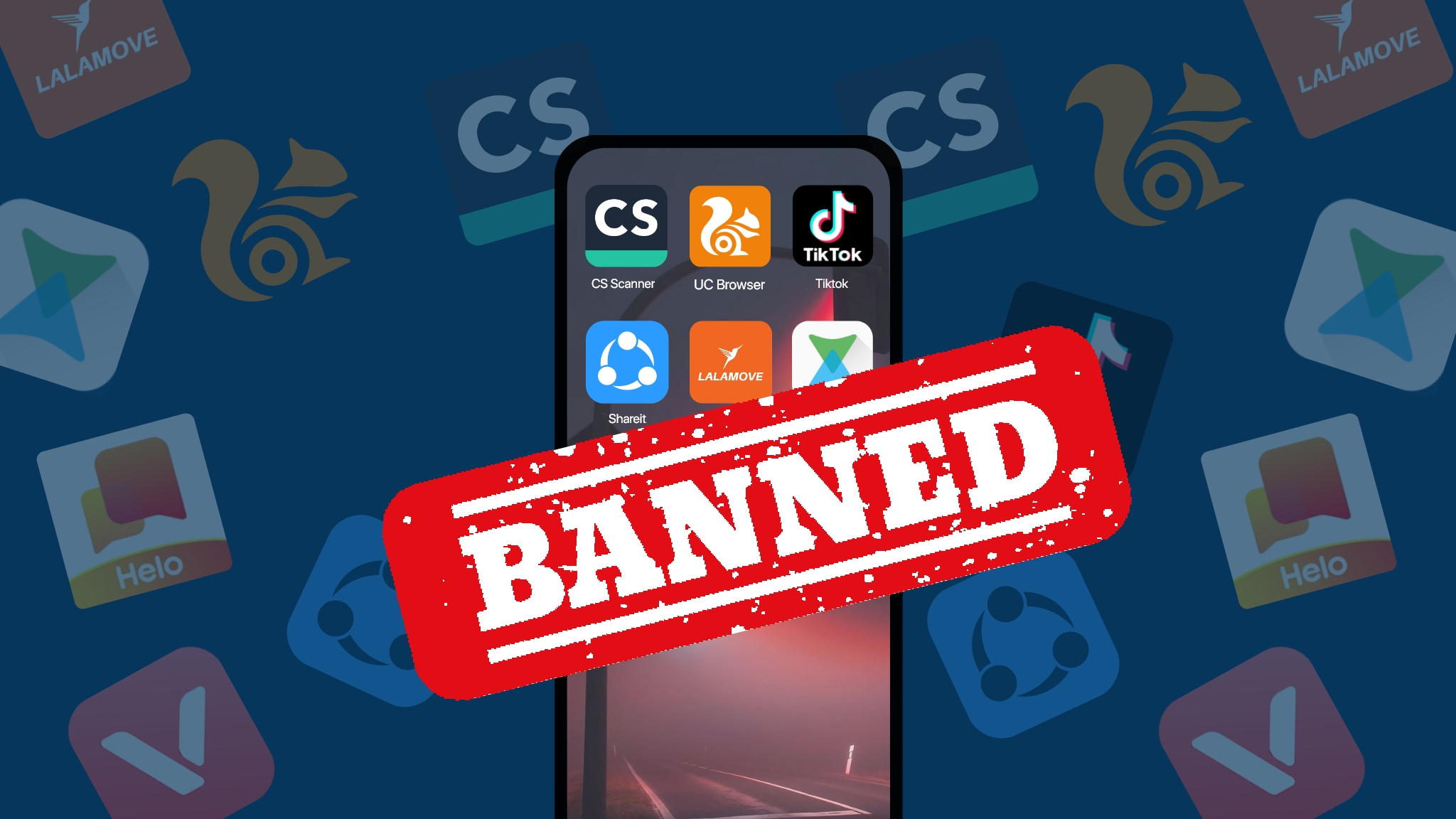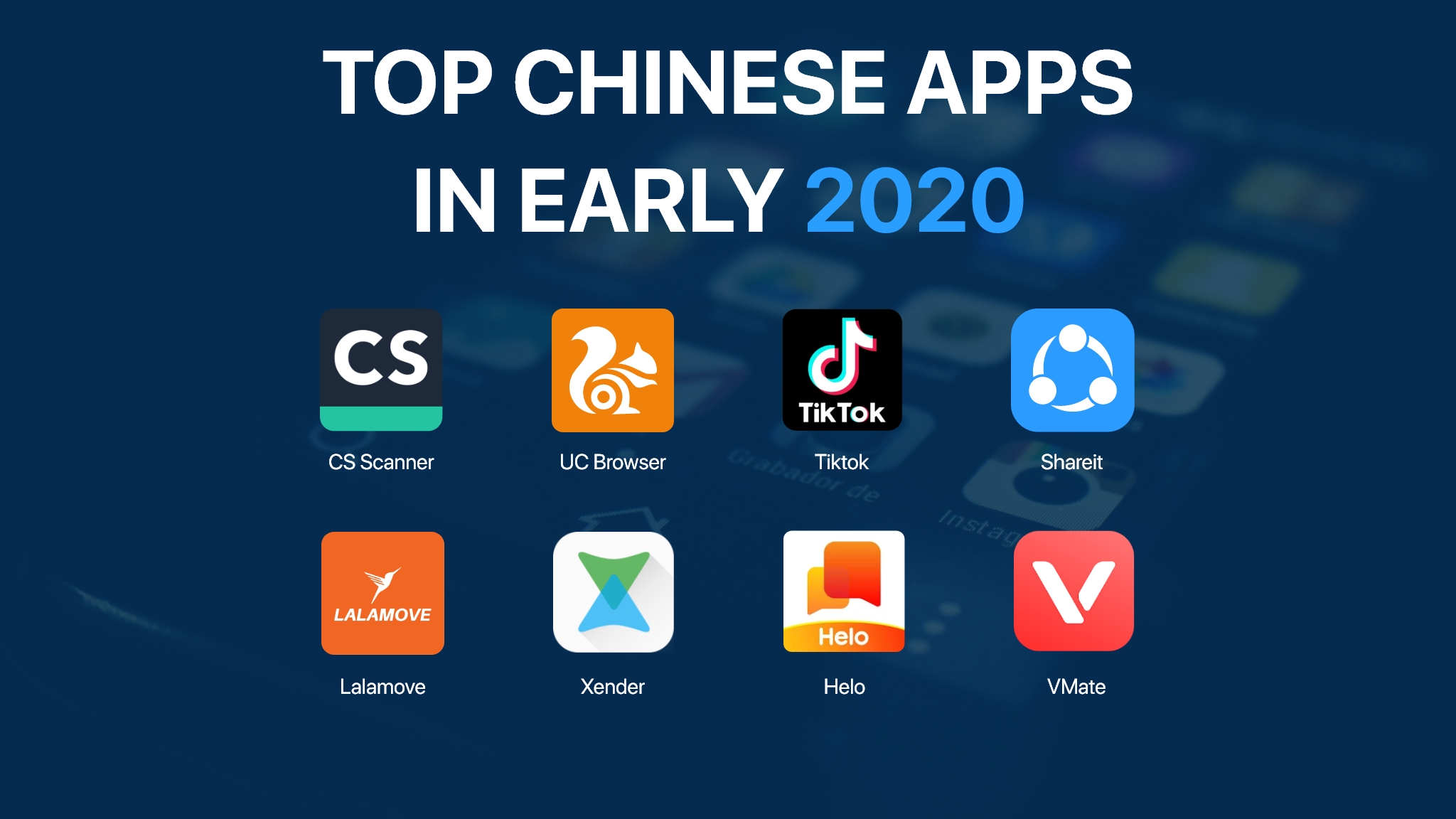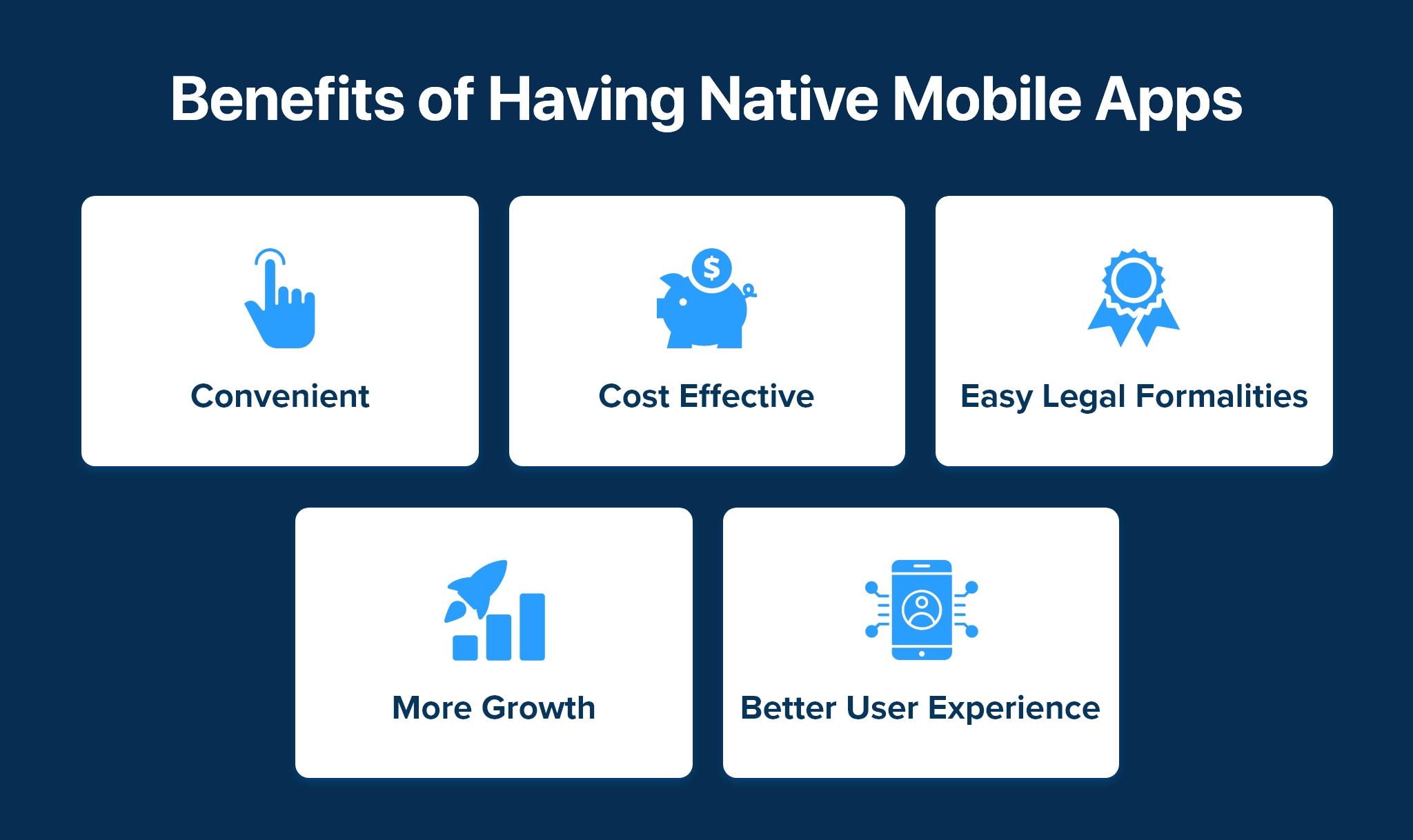Don't miss the chance to work with top 1% of developers.
Sign Up Now and Get FREE CTO-level Consultation.
Confused about your business model?
Request a FREE Business Plan.
Chinese App Ban: An Opportunity to Make Your Own Mobile App?
Table of contents

2020 has been the year of unexpected events that keep shocking us from time to time. While the whole world got locked up with the fear of Coronavirus infection, many of the Chinese apps got abandoned from a country with a massive user base- India.
India has been in the news for the past one year because of its bold decisions regarding Chinese apps banning. India made big news in June by banning popular Chinese apps like TikTok, Shein, PubG (earlier it was associated with Chinese Investors) that gained the attention of everyone globally. And now, India is again in the limelight with its recent announcement of banning 43 more Chinese apps in the country.
These sudden bans over the apps have given a thought to what if we do not have to depend on foreign apps and go for mobile app development of our own. Why making apps for yourself by your local resources should be considered.
Well, let us first see how Chinese mobile apps came into the mobile Tech Industry and how administrative decisions of banning Chinese apps in India changed the dynamics of app development globally.
Dynamics of Chinese Mobile App Industry
Chinese mobile apps have gained massive popularity in India and worldwide. With their fast technology and unique ideas, they have always managed to captivate the users of smartphones.
China has always managed to be alert to the user’s needs and crack the potential ideas for which they do app development and then launch. As a result, they always get massive appreciation and a warm welcome.
If we talk about India alone, since the whole blog is about the Chinese app ban in India. According to Factordaily, in December 2017, there were only 18 Chinese apps that were running in the country. However, the score changed and jumped to 44 by the end of 2018.
Even if we talk about its usage and popularity worldwide, the Chinese market in today’s time stands second largest in the world. That means it has seen growth in sales by 870 times from 2011.
In one of the blogs from China-briefing.com, they showcased statistical data 72% of revenue from apps comes from in-app purchases that bring added features and enhances the user experience. Thus, people are willing to pay more to use apps for a better experience. And this tactic has led the Chinese mobile app industry to huge profits.
Why Chinese Apps Got Banned in India?

The central Government of India recently banned 43 mobile apps. It put them down from the Google Play store and app store for the country on 24 November 2020.
On asking the reason behind this decision, it said it blocked access to the app under Section 69A of the Information Technology Act because of a contract breach.
In one of the news articles published by timesnow.com, it said that the Chinese apps were responsible for activities that were related to India’s sovereignty, integrity, defense, security, and public order.
The access restriction has been done after the orders by the Ministry of Electronics and Information Technology after receiving the comprehensive reports from the Indian Cyber Crime Coordination Center. The Ministry of Home Affairs released a press and made the announcement.
The apps banned are not all Chinese but the majority of them are. It includes big players of China retail-like AliSuppliers Mobile App, Alibaba Workbench, AliExpress – Smarter Shopping, Better Living, and Alipay Cashier. Along with that, it has also banned some other apps like Lalamove which was one of the major home delivery service apps used in India.
Before November, India banned some Chinese apps in June and September to advocate the protection, sovereignty, and integrity of India. At that time, India blocked 59 Chinese apps in June and 118 more apps in the month of September.
As per the release statement in the press, it was said-
Government is committed to protect the interests of citizens and sovereignty and integrity of India on all fronts and it shall take all possible steps to ensure that.
Scope of Native Mobile App Development
Now since we have seen why the China app market was influencing the whole market and how due to certain circumstances the government of India banned the app.
It gives us a big scope of introspection that do we really need to depend on some foreign apps and feel helpless when they’re gone or shall we take this as a boon in bane and make something of our own which is actually needed by the market?
Well, the infographic below shows the pointers on how to see this Chinese app ban situation and turn it in your favor by developing mobile apps.

Let us dig deep into each of them.
1. Convenient
Imagine a situation where you are looking out for pizza as you are craving Italian food and you can’t see a restaurant. And then in your neighborhood, one Italian restaurant opens up and you are all excited to go there and have some Italian delicacies.
Well, this is exactly how the smartphone users’ reaction will be if you make a clone app of one of the banned Chinese apps. It would be convenient for you to get established in a place that has an excessive user base.
This user base wants their needs to be fulfilled and you can do that by providing them with the same services. For example, Lalamove has got banned. You can have your own home delivery app and get a ready-made user base without much advertising and marketing.
2. Cost Effective
When you are using a foreign app. There are always hidden complications involved. You have to pay recurring costs of the services in the forms of rentals and contract renewals. In any one of the countries, either it is yours or theirs if any policy changes, the contracts have to be made again. It involves cost too.
One more factor is the change in currency value. So there is always a chance that you have to pay more and more and that loop never stops.
If you make an app to run in your country. You are aware of the policies and trends. So no hidden cost chances. Moreover, it is your app. So you can make changes to the app and there won’t be any need to pay the rent. You will be your boss.
3. Easy Legal Formalities
The biggest reason why India banned Chinese Apps was the issue in the security and administration policy of the latter country. India claims that Chinese apps were breaching their security and that is the reason why they had to consider taking this action.
Now we don’t support any of the communities or parties here. But one case might be that investors of those Chinese apps were actually unaware that such policies tend to be illegal in India. And here is why I advocate about mobile app development for your natives.
You will be knowing what are the legalities and policies formulated by the Government and in accordance with that, you can make your apps that align with the Country’s policies legally and ethically. This stands longer survival chances of your app.
4. More Growth
When you are running an app for your country. You have multiple benefits. Like you know what are the taste and preferences of users. You are well acquainted with their mindset as you belong to the same culture and society. Therefore, you are able to make the apps that you know are needed by the people of your country.
Apart from this, you also have the advantage of saving money on hiring some foreign app, paying rentals, and hidden charges. The pointers that we already mentioned in the cost-effective section above.
So money-saving, knowing mindset, and having people that make apps for you only stands chances of higher revenue and expansion. So we can say it leads to more growth.
5. Better User Experience
If you know what your customer wants, you can hit the right spot. The ban of apps gives you this advantage. Chinese apps have already given you the user base as they have created the need of using a particular app in your country residents.
But when you develop an app that resembles the banned Chinese app and adds more features that incline with the mindset and needs of people of your country. It only adds to the value.
Users get more satisfied and have a better user experience as you are delivering them better than they expected. So better experience will automatically lead to more downloads to your app.
Conclusion
Chinese app ban is a major trend changer that will be remembered in the history of the mobile app industry. It changed the perception for the apps and made investors and people realize why to depend on some other when they can make something of their own.
Well, the theme of coping up with the recession post-pandemic in India is ATAM NIRBHAR- which means self-dependence. And well, this has impacted everyone as now it has thrown light on doing mobile app development for your own business and creating apps that are massively demanded by your country users.

Rate this article!
(2 ratings, average: 2.50 out of 5)
Join 60,000+ Subscribers
Get the weekly updates on the newest brand stories, business models and technology right in your inbox.

An avid reader and non-traditional thinker. Aayushi started her career at age of 22 which allowed her to write about the latest trends and technology that are new in the market. Identifying herself as a mobile geek, she finds pleasure in exploring apps and trends in the Mobile industry. Commerce graduate and Masters in Finance, she is well versed with aspects of what it takes for any brand to mark its position in the market. Being a certified Content marketer and influencer from HubSpot; she is familiar with brand positioning and the latest trends running in the IT and Digital world.

App Monetization Strategies: How to Make Money From an App?
Your app can draw revenue in many ways. All you need to figure out is suitable strategies that best fit your content, your audience, and your needs. This eGuide will put light on the same.
Download Now!Subscribe to Unlock
Exclusive Business
Insights!
And we will send you a FREE eBook on 'Mastering Business Intelligence.


















